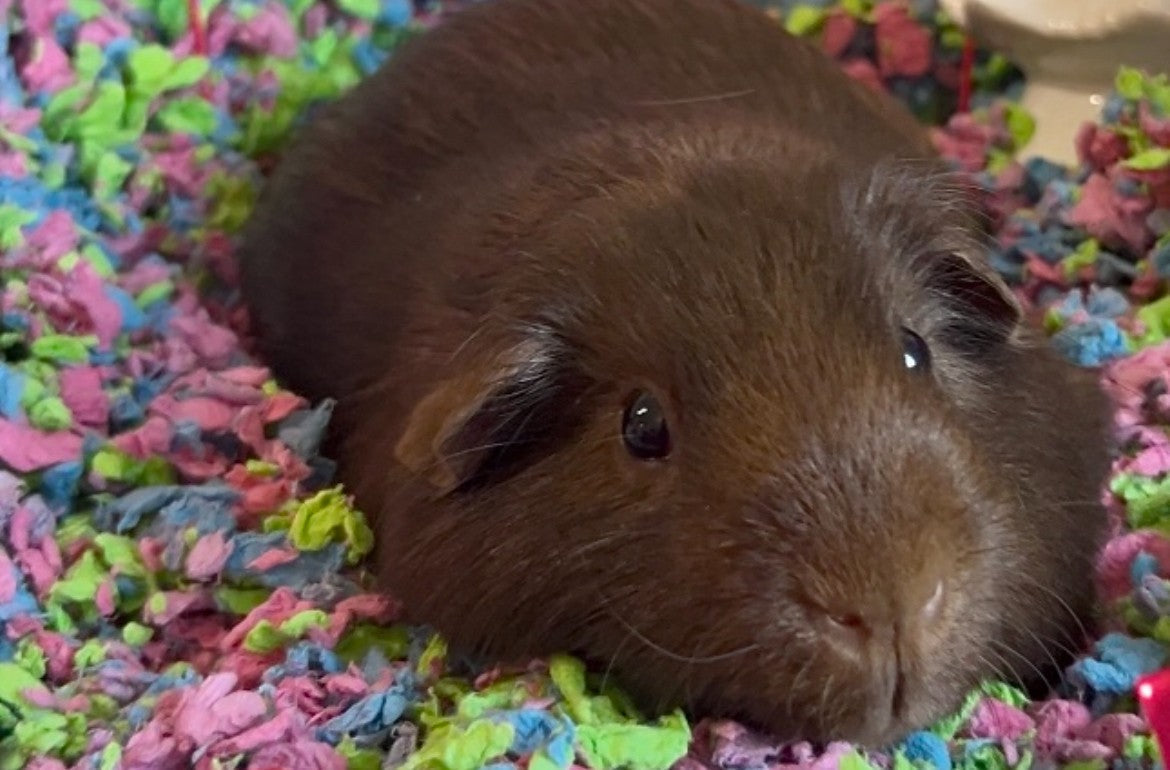
What Bedding is Best for Guinea Pigs and Other Small Pets?
Uh oh! You’re a new guinea pig (hamster, gerbil, mouse, rat, and even rabbit) owner, or an owner looking to try a different bedding, and you are faced with a wall of options at the pet store or their respective online site! What do you do? Which is the most effective for your pet?
This blog will look at the most common types of bedding and why I feel carefresh small pet bedding stands out from the rest.
The blog will be written from my experience as a guinea pig owner of 35 years and exclusive carefresh user for 12 years, but the same experiences apply to other types of small furry friends as well.
The first thing any guinea pig owner needs to remember is that a guinea pig pen, cage, or area must be regularly cleaned, regardless of bedding, or odor and potential adverse health effects for the guinea pig are likely.
What are the Readily available options for bedding?
Not recommended by virtually all veterinary experts aare;
- Newsprint, straw, corn cob, or hay. These really should never be used. While most newsprint today contains a safer soy-based ink, ingesting the newsprint (and many guinea pigs, if given the opportunity, like to nibble on paper-and thus ingest the ink) isn’t good for them. Hay is crucial for the vast majority of their dietary intake but should not be used as sole bedding for the habitat. Both straw and hay as bedding, and corn cob as well, have awful absorption rates and as a result have a high likelihood of producing harmful mold. They are also very hard on your guinea pigs' feet due to their lack of softness and can lead to a painful condition that often leads to an amputation, known as Bumblefoot.
- More popular and readily available are cedar and pine shavings, so called “softwoods”. While often inexpensive, these beddings contain a lot of dust, which is harmful to a guinea pig"s respiratory system. Even worse, they contain oils that can not only irritate a guinea pig’s skin, but breathing the oils can, over time, lead to a host of issues including liver damage.
- Also readily available is “kiln dried” pine shavings. While the heavy pine odor is reduced and some of the dust and oil is also reduced, they are still somewhat prevalent. And long-term usage increases a guinea pigs chance to develop skin or respiratory issues.
- Aspen bedding is also relatively easy to find. While Aspen doesn’t contain the dangerous respiratory damaging oils, its absorbency is low, and the main function of any bedding is to absorb and reduce odor as well as giving the guinea pigs a comfortable area to rest on.
Overall, wood-based shavings have inconsistent absorption properties and limited odor control.
Paper based beddings, such as carefresh
So, why carefresh? The pitfalls, and potential negative health effects of other beddings have been discussed, so that leads to using the bedding that is best for your guinea pigs.
First, let’s look at some issues with the leading competitor’s paper-based bedding. One thing a lot of people may not consider is, again my personal experience shows, that carefresh does not easily adhere to any “treats” such as lettuce or other vegetables, thus the guinea pig won’t ingest the bedding with the “treat”. The absorbency of carefresh, and the slightly thicker size than competitors, I believe, allows for the carefresh to be “heavier” than the “treat” and thus falls off of it. The leading brand tends to often stick to the treats and results in the guinea pig sometimes ingesting the bedding. And while the bedding may be non-toxic, it can still expand in the pig's stomach which likely will lead to potentially serious gastrointestinal issues.

The leading brand is much thinner, and you can even get many pieces to “peel” and unravel into a thin strip of paper- easily attachable to wet veggies and thus easier to be ingested.
While having slightly larger pieces, aiding in absorption, carefresh is super soft and you cannot “peel” apart the individual pieces into thin strips of paper like you can with competing brands.

carefresh is a premium paper bedding that, in my very own experience, greatly outperforms the competition.
First, the biggest issues of other beddings discussed are not of concern with carefresh. carefresh is 99% dust free and twice as absorbent as other shavings. Tests have also shown it is great for controlling odors, but tests aren’t needed for any of that because “the proof is in the pudding” and carefresh users already know this.
Personally, I like to add a light sprinkling daily to the existing base to give even more absorbency and comfort.

Oh, and carefresh comes in both “natural color” and a wide array of safe and fun colors!
What about fleece bedding?
“I don’t need carefresh, I use fleece.” I often hear fleece bedding users say this. And as fleece bedding is increasingly popular, it too has some potential issues, and I believe it is essential for fleece users to at least have some carefresh on hand. First, the effectiveness of fleece to absorb moisture and help control odors depends on the type of material used. Secondly, fleece should be attended to daily, flipping sides, etc. to maximize effectiveness, and fleece also requires regular washing so it’s important to have easy access to a washer and dryer.
Fleece, especially not attended to daily, can also provide an environment that is favorable for bacteria to form as a result of being moist from urine. But cared for properly, fleece can be an acceptable bedding. However, why should fleece users have carefresh on hand?
If you have a guinea pig that’s not feeling well, it may be very difficult to inspect urine and feces to not only determine which pig it’s coming from, but also to discern any abnormal color in urine or other discharge that may give hints to a particular health issue. If the fleece user has carefresh (white or other light color), the carefresh can be placed in a designated area of the enclosure and greatly increase the opportunity to detect which guinea pig(s) have some issues and what the symptoms are which allow for the opportunity to document and convey to a veterinarian for an accurate diagnosis.
Plus, a guinea pig that is not feeling well is likely to not move very much and the absorption properties of carefresh will greatly reduce the chances of that guinea pig having to lie in a fleece that is potentially wet due to lack of movement by the ill guinea pig.
And lastly, if your furry friend is not feeling well and/or recovering from an issue, a fluffy mound of carefresh would be a welcome comfort to recover in before returning to the main area.
Of course, nothing else matters if your furry friend is happy and comfy in carefresh bedding.
So, the final word goes to my boys Cosmo and Bentley, and I think it’s pretty obvious they love their carefresh bedding! They give carefresh “two paws up”!







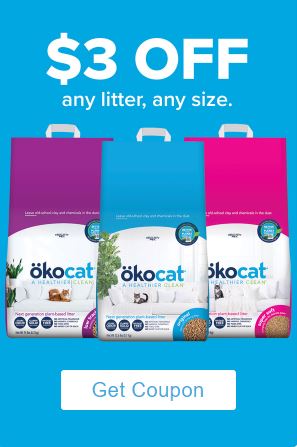
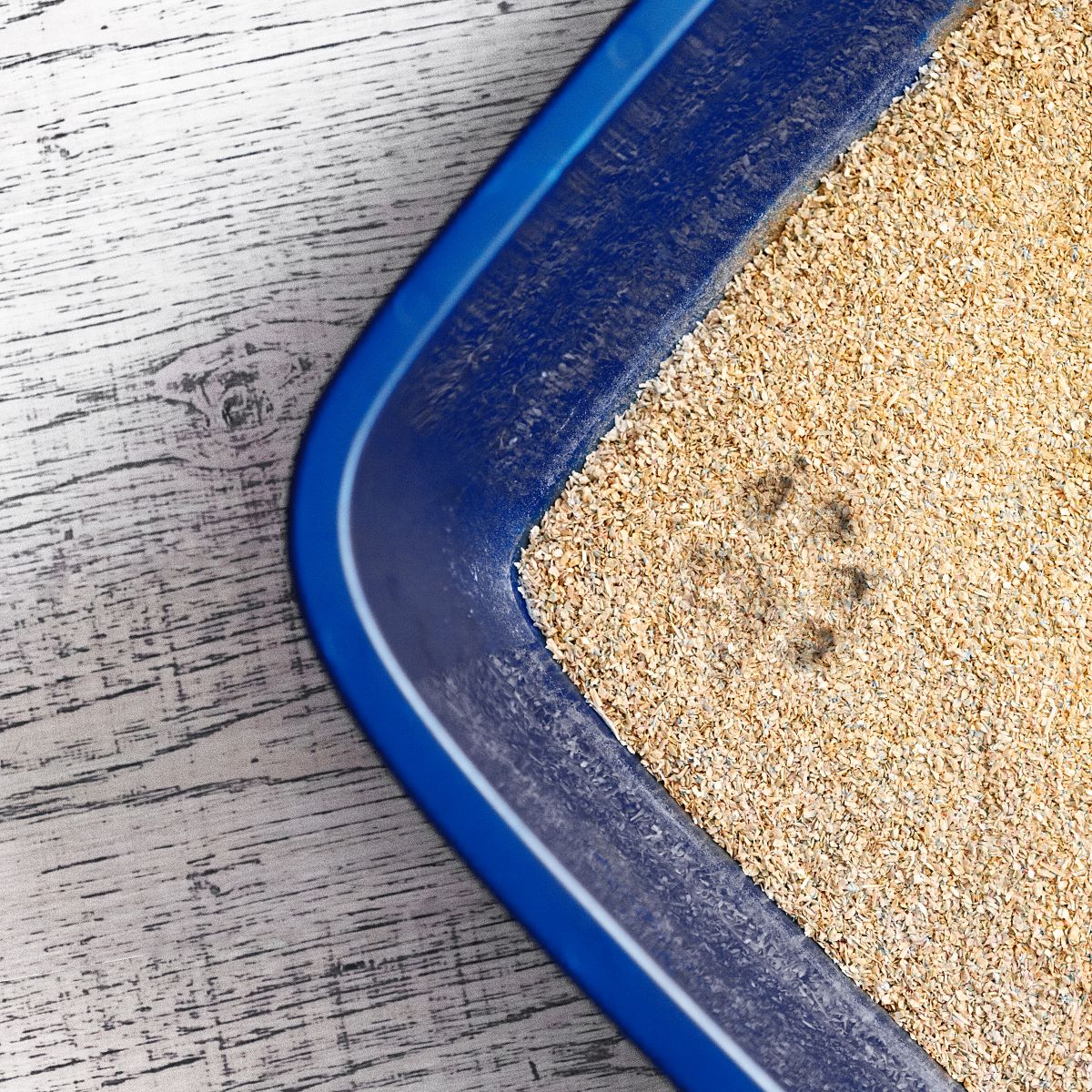
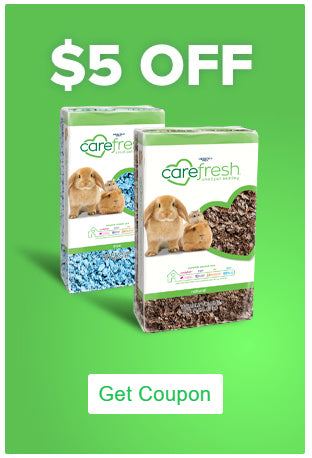
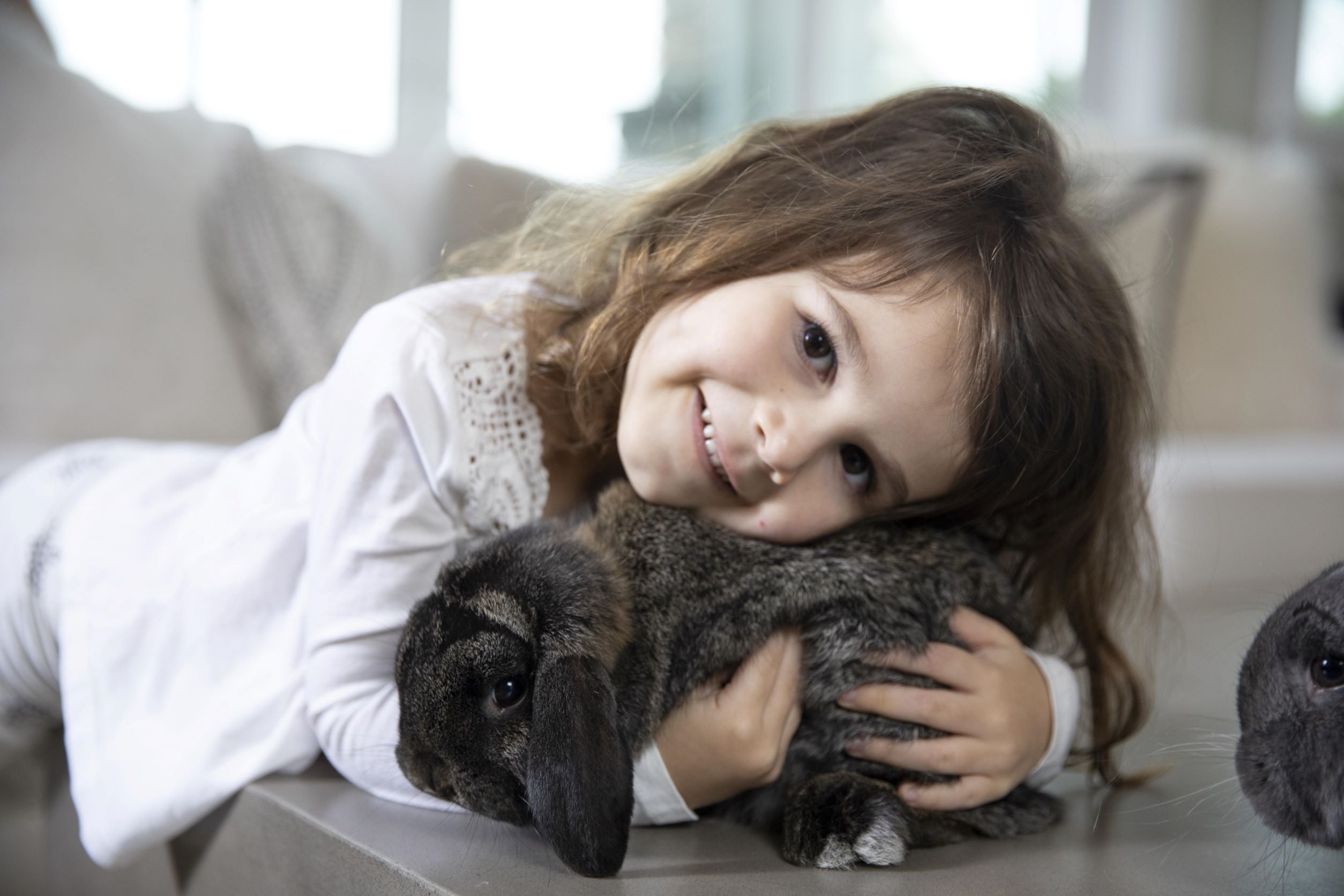
 email us
email us